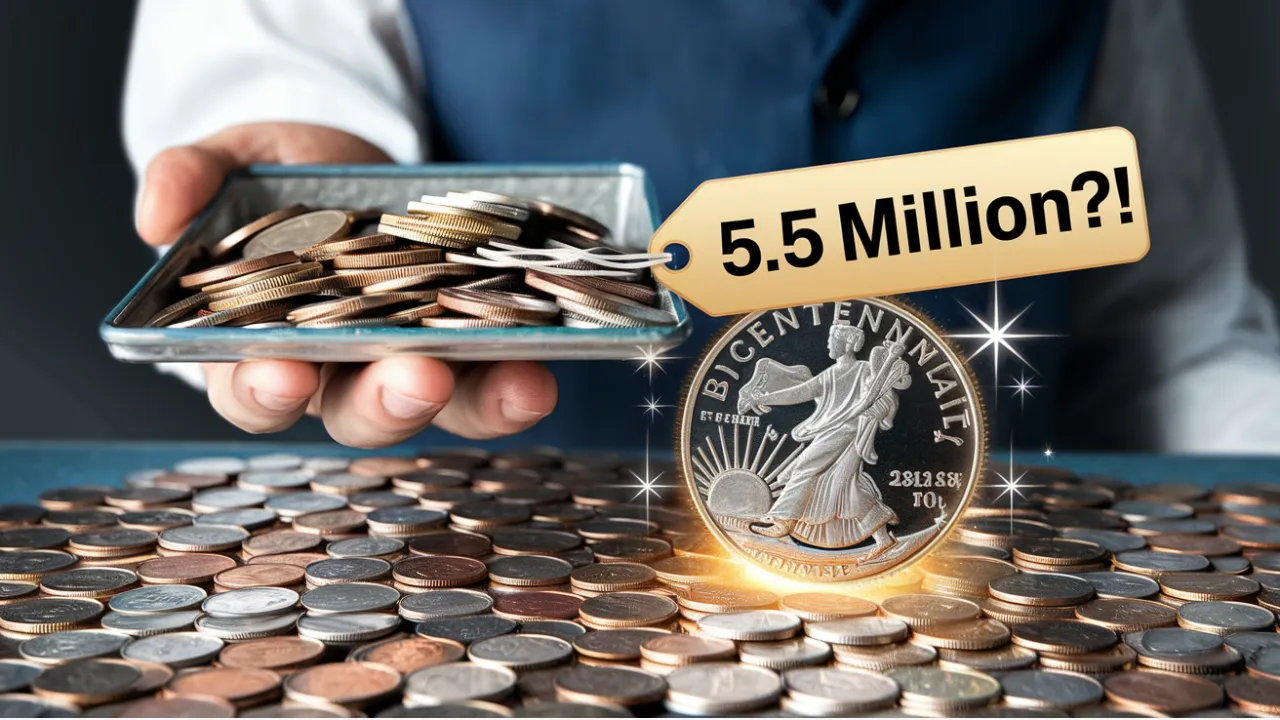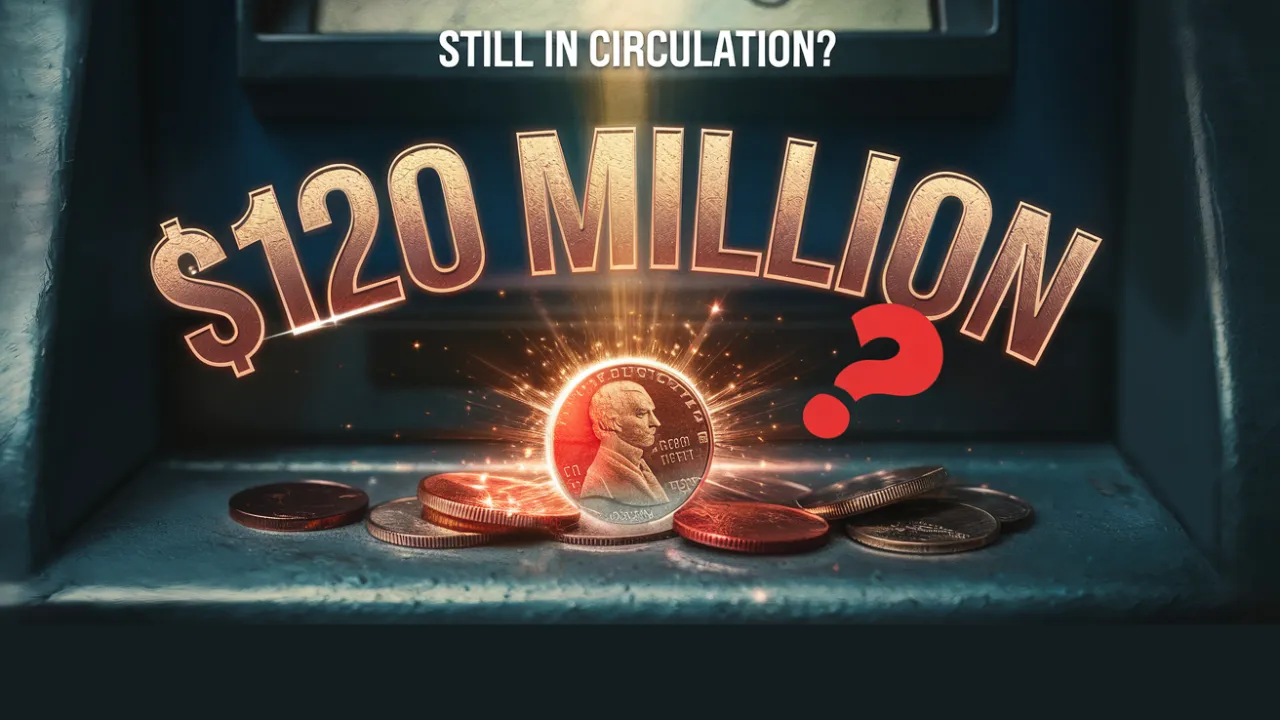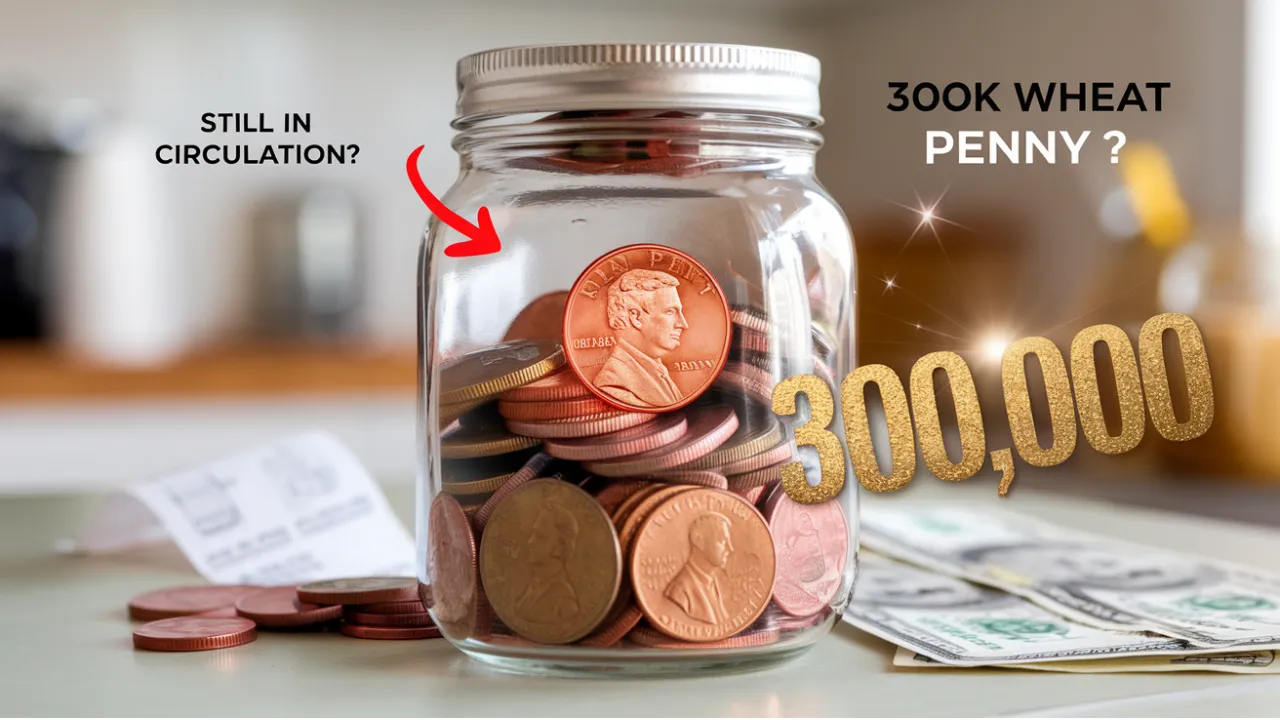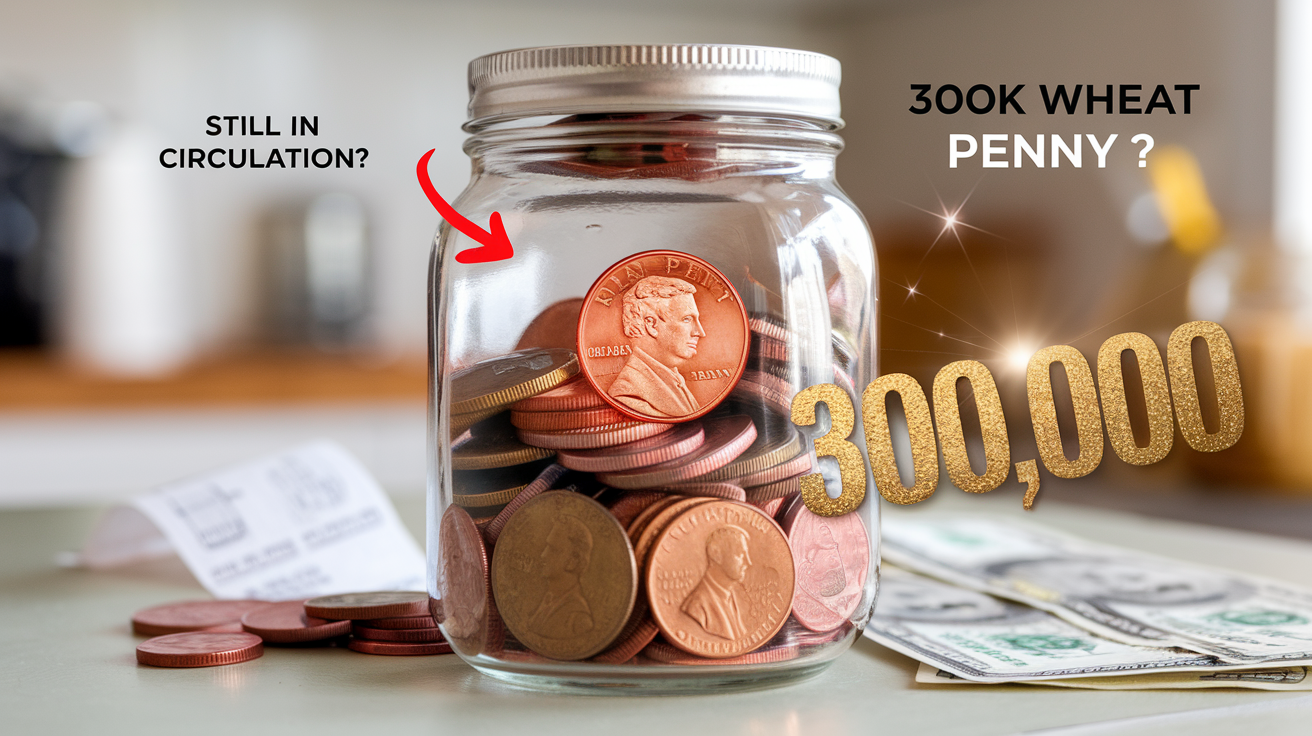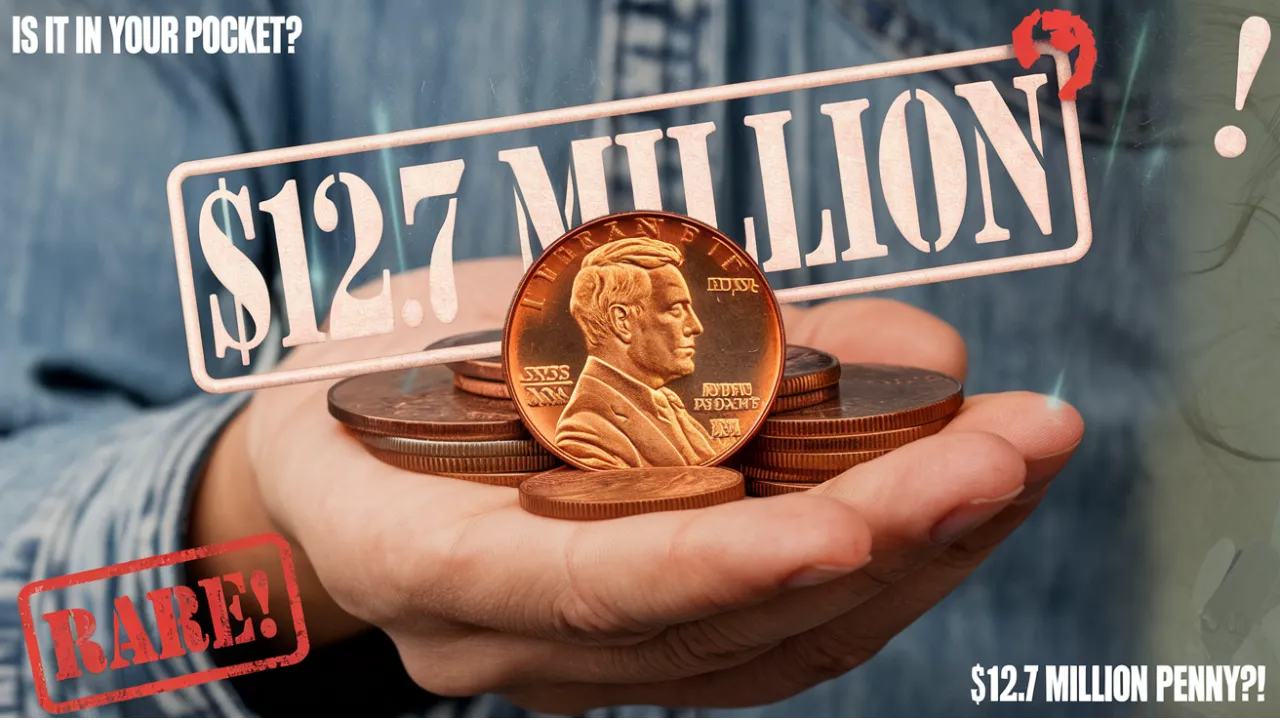Rare Bicentennial Quarter Worth $5.5M: Imagine finding a Rare Bicentennial Quarter in your pocket change that could be worth millions. Sounds unbelievable, right? Yet, some of these special quarters have sold for astonishing prices, with the most valuable one reportedly reaching $5.5 million. These coins, released in 1976 to celebrate America’s 200th anniversary, have become a numismatic treasure for collectors worldwide.
But what makes certain Bicentennial Quarters so valuable? The answer lies in rare minting errors, silver content, and exceptional preservation. If you’re curious about whether you have one of these rare gems, this article will help you understand the history, value, and key features that make some of these quarters worth a fortune.
Quick Facts About the Rare Bicentennial Quarter
| Feature | Details |
| Minted Years | 1975-1976 |
| Mint Marks | P (No mark), D, S |
| Composition | Copper-Nickel & 40% Silver (S Mint) |
| Notable Errors | Double Die, Off-Center, Wrong Planchet |
| Highest Auction Sale | Up to $5.5 Million |
| Collector Demand | High for rare specimens |
The History of the Bicentennial Quarter
In 1976, the U.S. Mint released the Bicentennial Quarter as part of a special coin series to commemorate 200 years of American independence. These coins featured a unique reverse design, setting them apart from standard quarters.
Designed by Jack L. Ahr, the reverse side showcases a colonial drummer boy with a torch encircled by stars, symbolizing America’s revolutionary spirit. Unlike regular quarters, these coins bear the dual dates “1776-1976” instead of a single year.
The U.S. Mint produced these quarters at three different facilities:
- Philadelphia Mint (No mint mark) – Over 809 million coins struck.
- Denver Mint (“D” mint mark) – More than 860 million coins made.
- San Francisco Mint (“S” mint mark) – Produced proof and silver versions in limited quantities.
Most of these coins were heavily circulated, but a few rare specimens have become incredibly valuable due to minting errors and high-quality preservation.
Why Are Some Bicentennial Quarters Worth Millions?
1. Rare Minting Errors
A Rare Bicentennial Quarter can be worth thousands—or even millions—if it has unique minting errors. Some of the most valuable errors include:
- Double Die Obverse – A noticeable doubling of the design, making the letters and numbers appear blurred or shadowed.
- Off-Center Strikes – The design is misaligned, often leaving a blank portion on the coin.
- Wrong Planchet Error – Some quarters were mistakenly struck on dime or nickel blanks, making them extremely rare.
- Broadstruck Errors – These coins were struck without the usual collar, resulting in an expanded, irregular shape.
2. Silver Composition
While most Bicentennial Quarters were made from copper-nickel clad, some special editions from the San Francisco Mint (“S” mint mark) were struck in 40% silver. These silver quarters are more valuable, especially in uncirculated or proof condition.
3. High-Grade Preservation (Mint State Coins)
The value of a Bicentennial Quarter dramatically increases if it has been preserved in Mint State (MS-67 or higher) condition. Coins that have never been used in circulation and have flawless surfaces are rare and can sell for thousands of dollars.
Most Valuable Rare Bicentennial Quarters Ever Sold
Here are some of the highest auction sales recorded for Bicentennial Quarters:
- 1976-S Bicentennial Silver Quarter (MS-68) – Sold for $19,200 due to its pristine condition.
- 1976-S Silver Proof Quarter (Deep Cameo Finish) – Auctioned for $13,500 in near-perfect state.
- Double Denomination Error (Quarter struck on a Dime Planchet) – Fetched $9,200, a rare and dramatic mistake.
- 1976-D Bicentennial Quarter with Double Die Obverse – Sold for $8,400, a rare collector’s piece.
The highest recorded price for a Rare Bicentennial Quarter is $5.5 million, making it one of the most valuable quarters in U.S. history.
How to Identify a Rare Bicentennial Quarter
If you suspect you have a Rare Bicentennial Quarter, follow these steps to determine its value:
1. Check for a Mint Mark
- No mint mark (Philadelphia) – Common, but rare high-grade examples exist.
- “D” mint mark (Denver) – Some valuable errors exist.
- “S” mint mark (San Francisco) – Check for silver or proof versions.
2. Inspect for Minting Errors
- Look closely at the lettering and date for signs of doubling.
- Observe if the design is off-center or misaligned.
- Weigh the coin to see if it was struck on the wrong metal.
3. Test for Silver Content
- Silver quarters will lack a copper-colored edge and have a distinct shine.
- Weigh the coin: Silver quarters weigh about 5.75 grams, while regular ones weigh 5.67 grams.
4. Assess the Coin’s Condition
- Coins in MS-65 or higher (mint condition) are worth more.
- Scratched or worn coins generally have lower value.
How Much Could Your Bicentennial Quarter Be Worth?
| Condition / Error Type | Estimated Value |
| Regular Circulated Coin | $0.25 – $3 |
| Mint State (MS-65) | $20 – $100 |
| Silver Proof Version | $40 – $300 |
| Double Die Error | $1,000 – $8,000 |
| Wrong Planchet Error | $5,000 – $10,000 |
| Record Sale Price | Up to $5.5 Million |
Where to Sell a Rare Bicentennial Quarter
If you believe you have a valuable Bicentennial Quarter, here’s where you can sell it:
- eBay, Heritage Auctions, or GreatCollections – Online marketplaces for rare coins.
- Coin Dealers & Numismatic Shops – Get a professional appraisal.
- Coin Shows & Conventions – Connect with serious collectors.
- Auction Houses – Best for high-value coins with rare errors or silver content.
📌 Tip: Get your coin professionally graded by PCGS or NGC before selling to maximize its value.
FAQs About Rare Bicentennial Quarters
1. How do I know if my Bicentennial Quarter is rare?
Check for mint errors, silver composition, and high-grade condition. The rarer the features, the more valuable the coin.
2. What is the most expensive Bicentennial Quarter ever sold?
The highest recorded price is $5.5 million for an ultra-rare, mint-condition quarter.
3. Are all Bicentennial Quarters valuable?
No, most are worth only 25 cents, but rare versions can sell for thousands or millions.
4. Can I clean my Bicentennial Quarter to increase its value?
No! Cleaning can damage the coin’s surface and decrease its value significantly.
5. What should I do if I find a rare Bicentennial Quarter?
Get it graded by a professional service and then decide whether to sell or keep it as an investment.
Final Thoughts
The Rare Bicentennial Quarter is a true hidden treasure. While most of these coins are common, rare minting errors, silver versions, and high-grade specimens can be worth a fortune. If you think you have one, get it appraised—it could be your ticket to a life-changing payday!
💬 Do you own a rare quarter? Share your findings in the comments!
